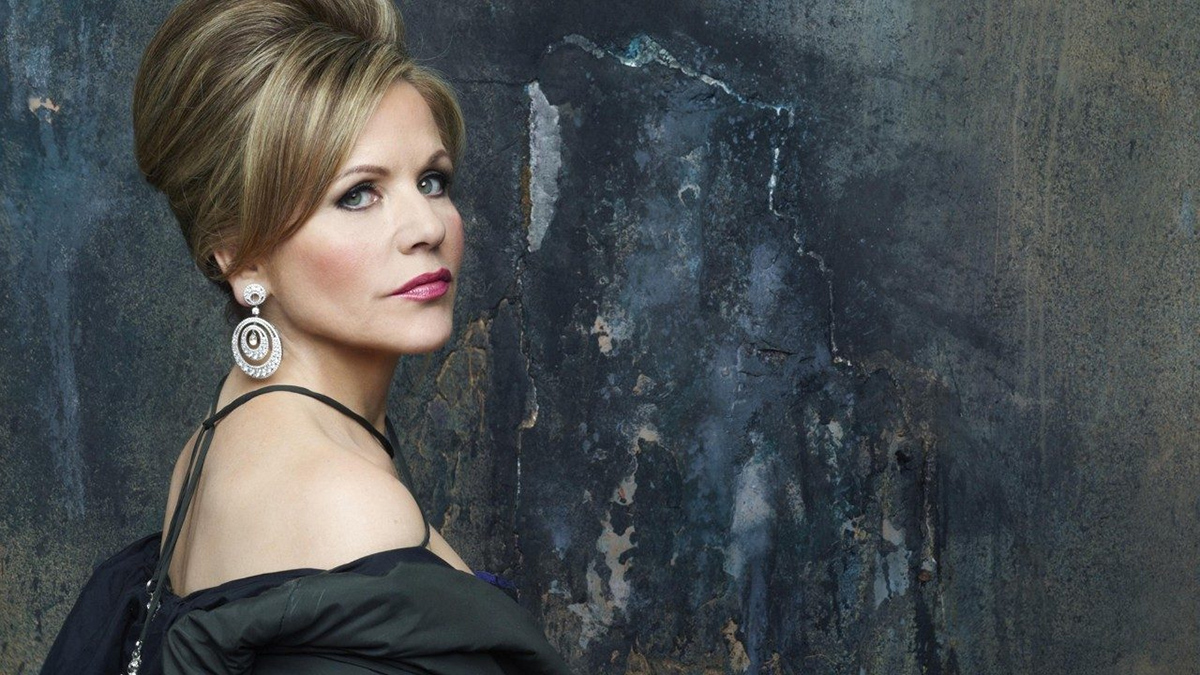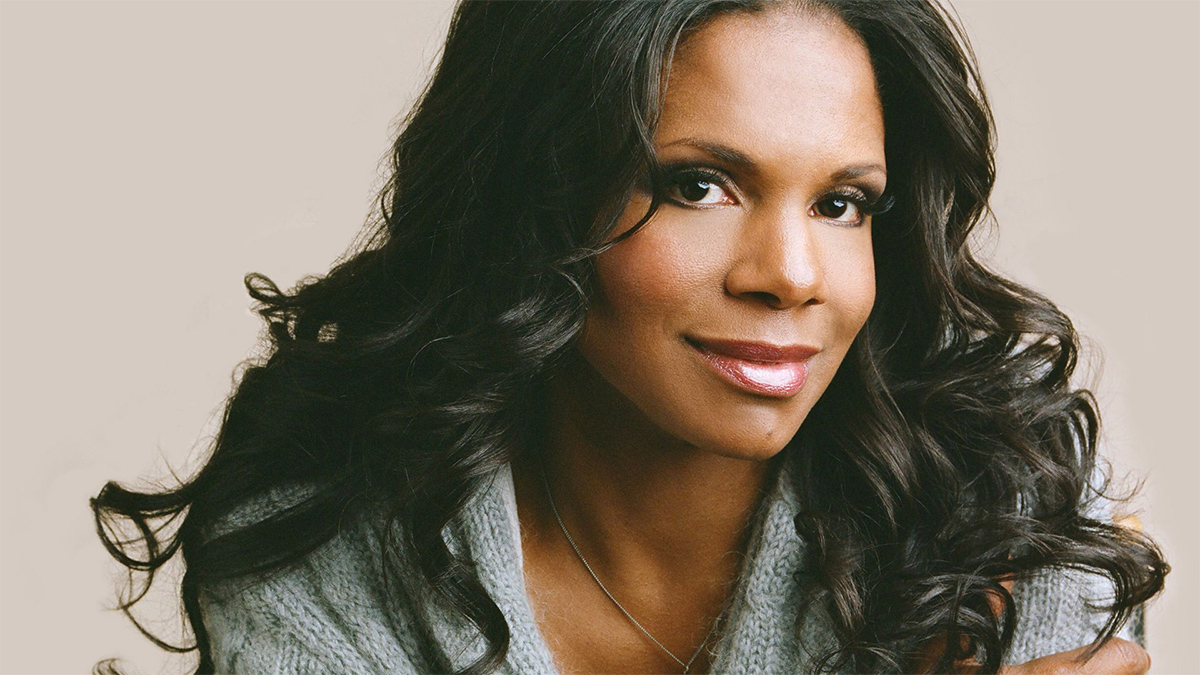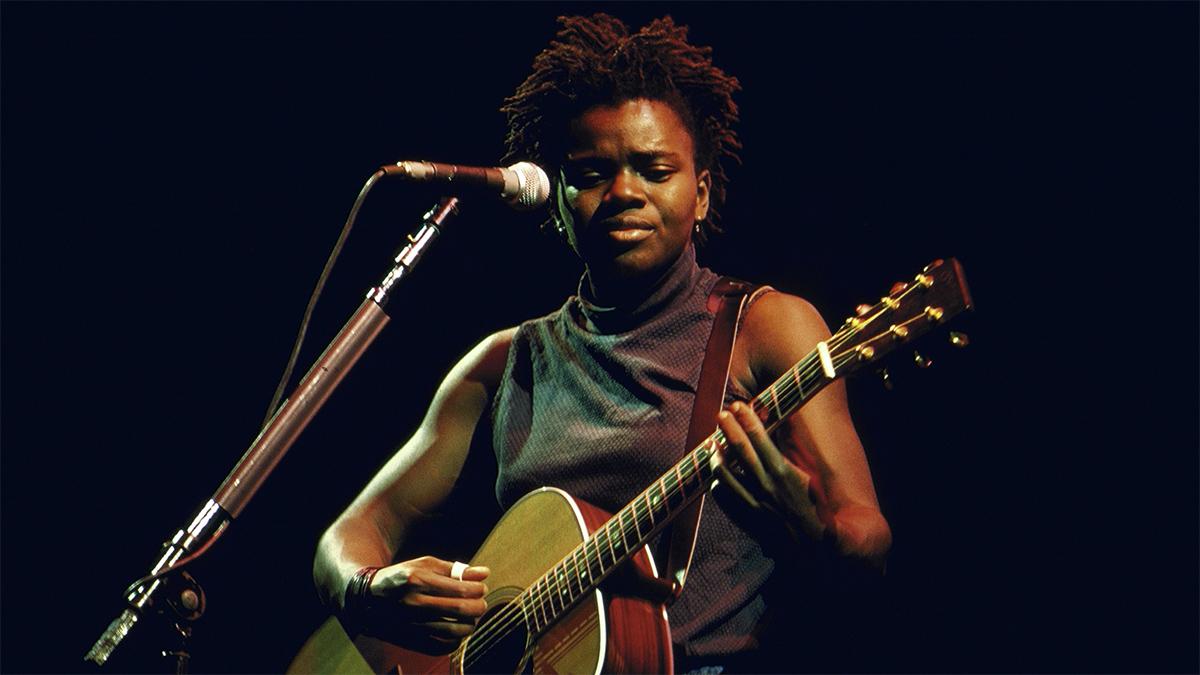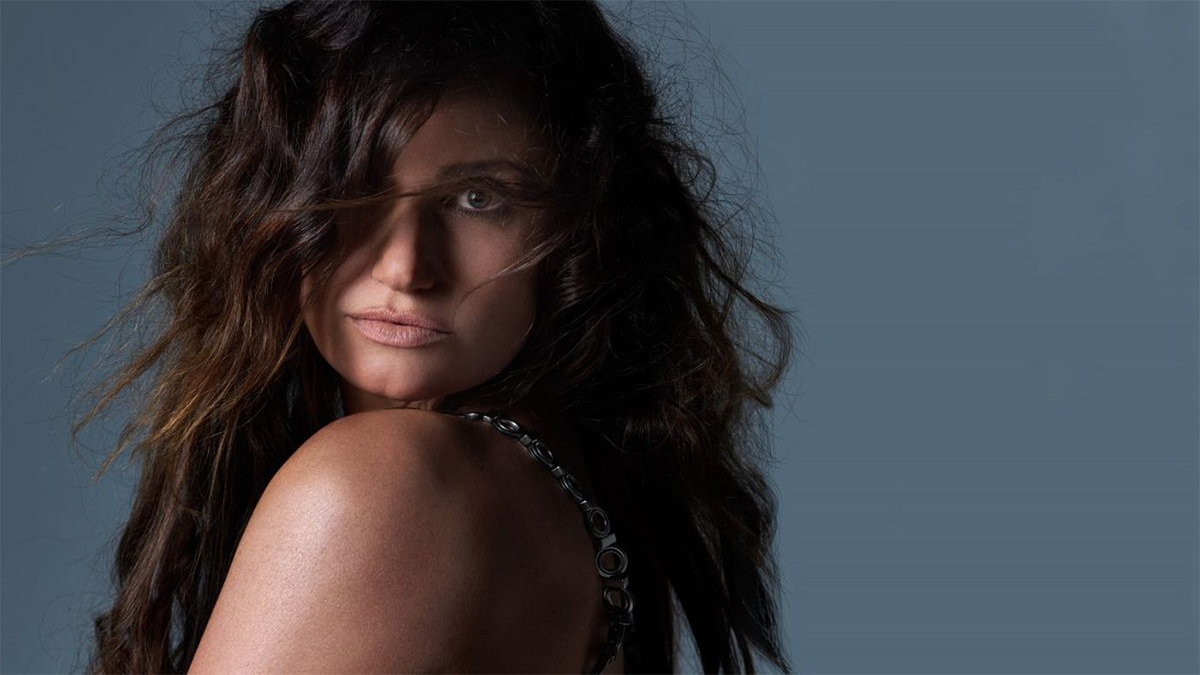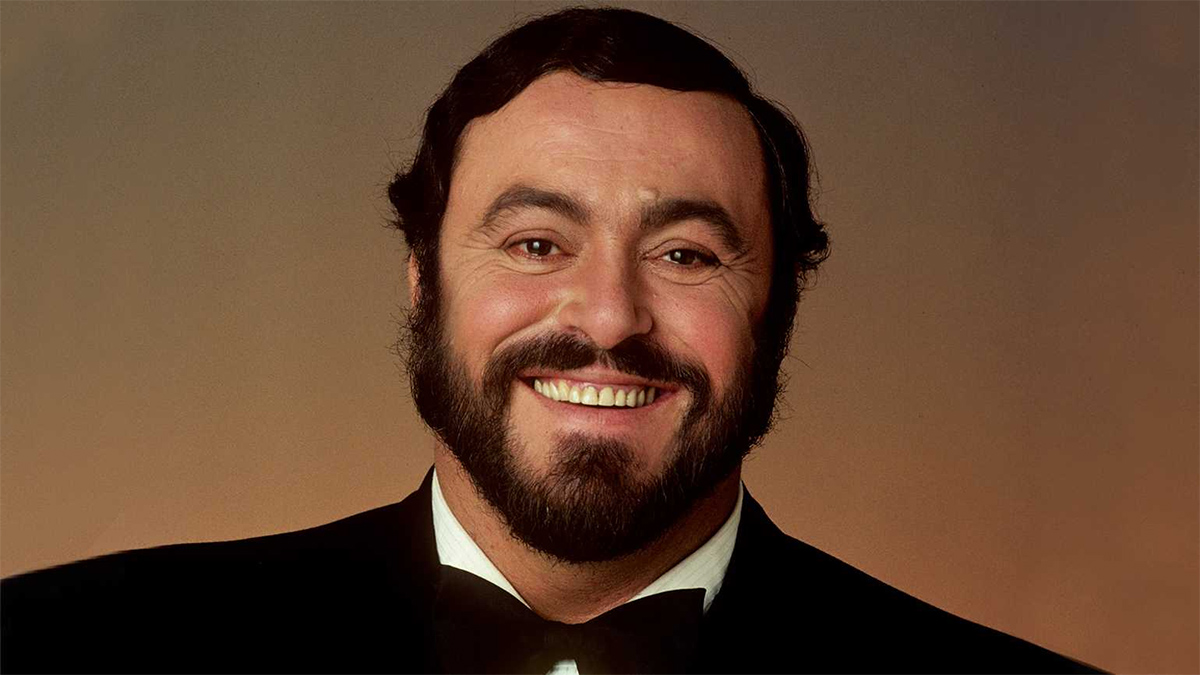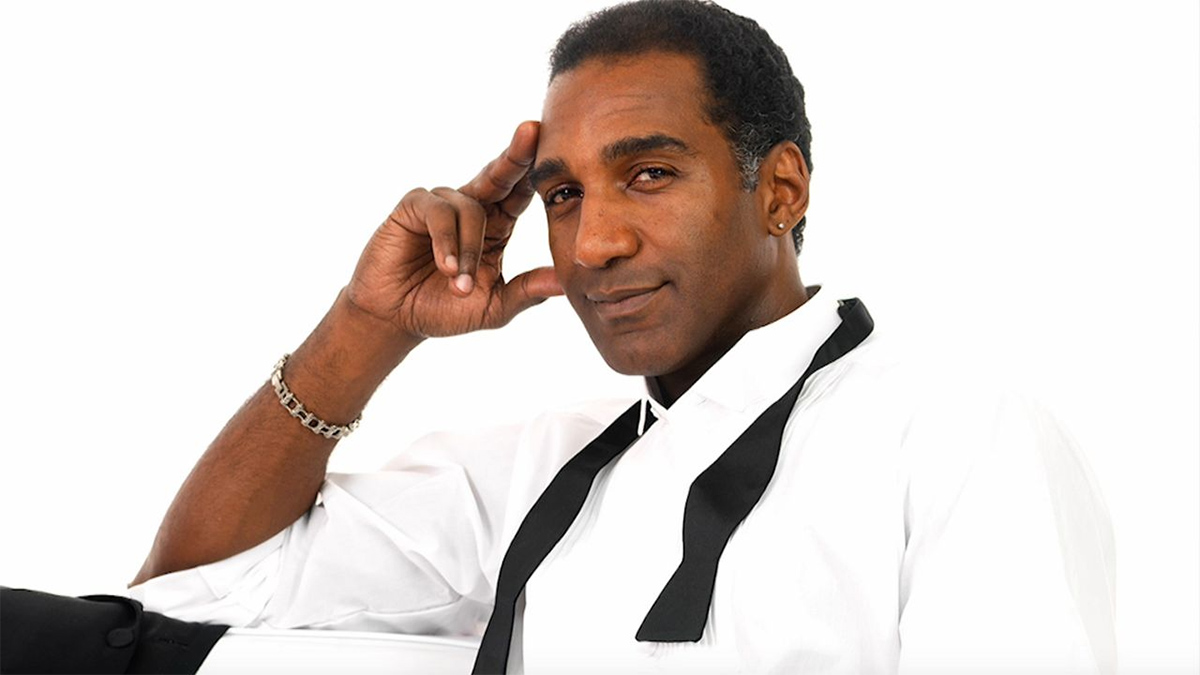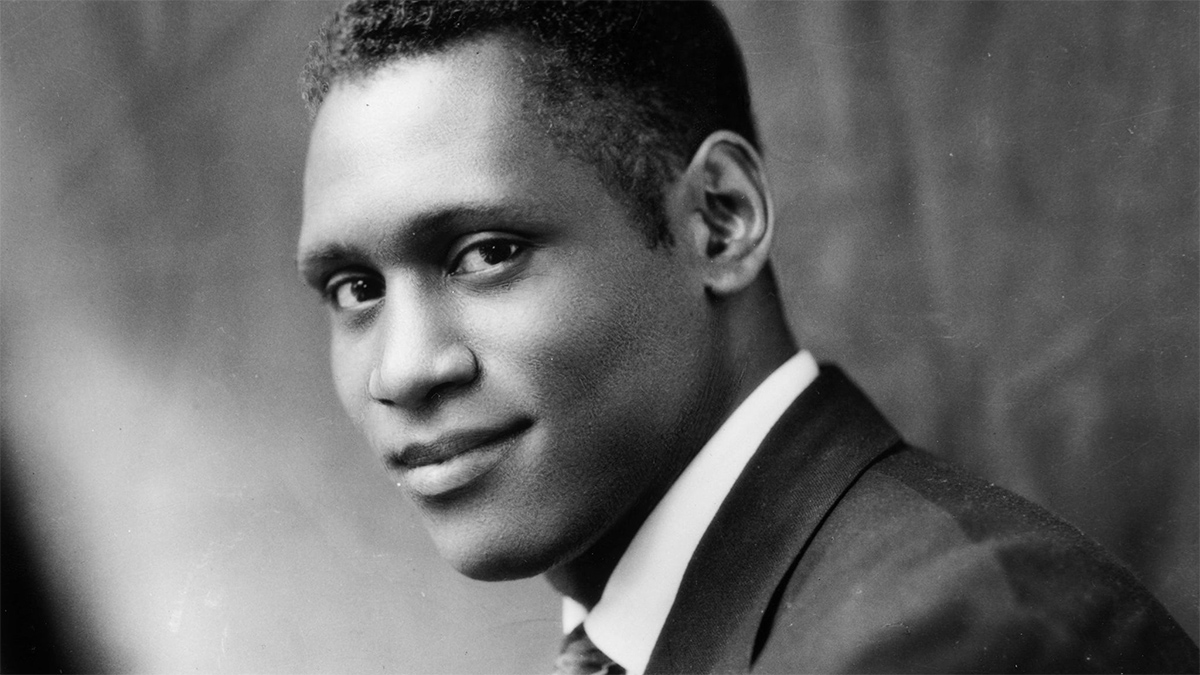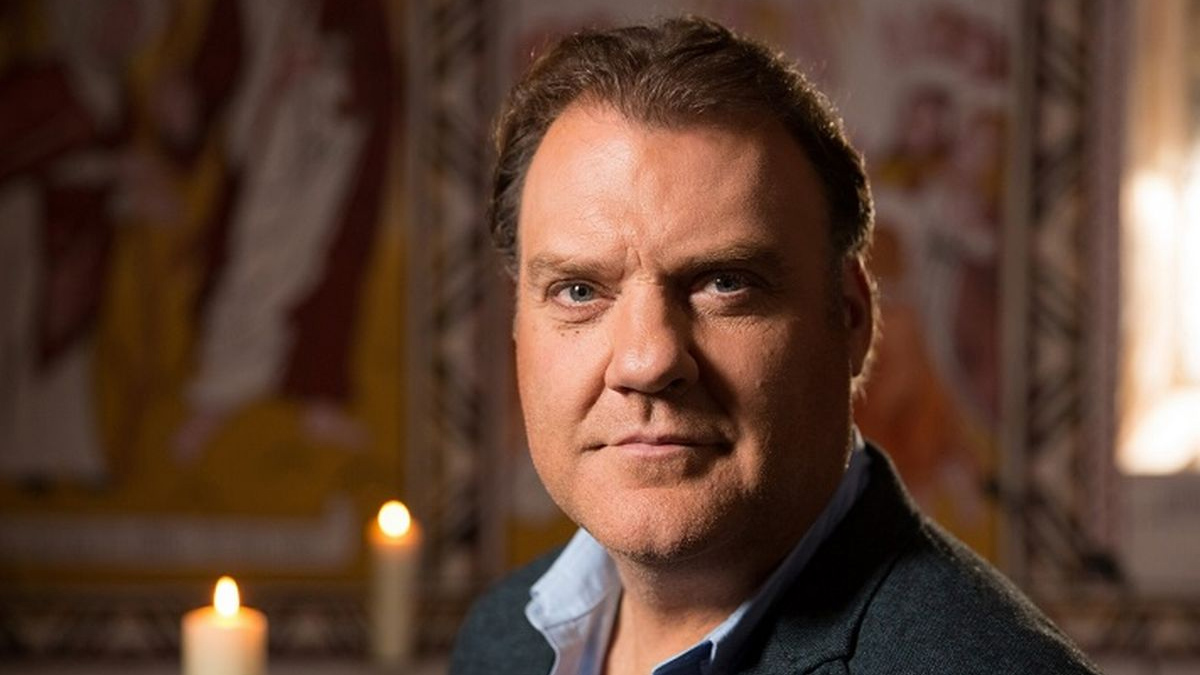You might think that when it comes to voice types, everything depends on vocal range. Yet the actual notes a person can sing are only a small part of what determines their vocal category. A huge deciding factor is a concept known as timbre, or tonal quality. Timbre is entirely different from a musical note: A note (or pitch) refers to the place a single sound falls on a scale, while timbre is the phenomenon of the specific color or texture of a voice.
Right about now, you’re thinking, “Color? Texture? How can those ideas apply to sound? I can’t see a voice and I certainly can’t touch one.” And you’re right–––you can’t. Voices are subtle and invisible things. Even the experts agree there is very little “science” involved when deciding what makes one voice so different from the next. It’s almost like asking someone to explain how one cloud differs from another; that is, it’s nearly impossible. So what do vocal professionals do when they have to describe something as seemingly indescribable as the human voice? They call on their other senses for help.
Singers, voice teachers, and other vocal scholars like to fall back on sight, touch, and taste when discussing specific voices. Vocal professionals will often “borrow” words associated with these senses so they can expand the vocabulary used to define the qualities that make a voice special and unique. This is where phrases like “color” and “texture” come in. For example:
Want to tell a friend about an extraordinarily deep voice but can’t find the right words? Try these metaphors on for size:
- “That voice makes me think of the color purple.” (eyesight)
- “That voice is like velvet.” (touch/texture)
- “That voice reminds me of hot chocolate.” (taste)
Comparisons like these will help get the point across because the brain is pretty good at translating one sensation into another. Your friend may never have heard this particular deep voice, but they’ll get the meaning that the taste of hot chocolate is like a rich, soothing, and beautiful sound.
The timbre of a voice along with its musical range, its tessitura (pronounced tes-see-TOO-rah, meaning the span of notes where the voice feels most comfortable), and its flexibility (how fast the voice can move from note to note) combine to form a vocal category. The standard vocal categories in Western music are:
Soprano
Mezzo-Soprano
Contralto
Tenor
Baritone
Bass
The following is a basic overview of each of these voice types and a look at how they function in modern and classical music. As you read on, though, keep in mind that these voice categories are merely guidelines. There are many variations within each voice group, so much so that vocal scholars often have trouble agreeing on where one voice category begins and another ends. Get to know these voice types, but don’t get too attached––there’s no “ultimate” example of a voice category. No soprano is more soprano-y than another.
